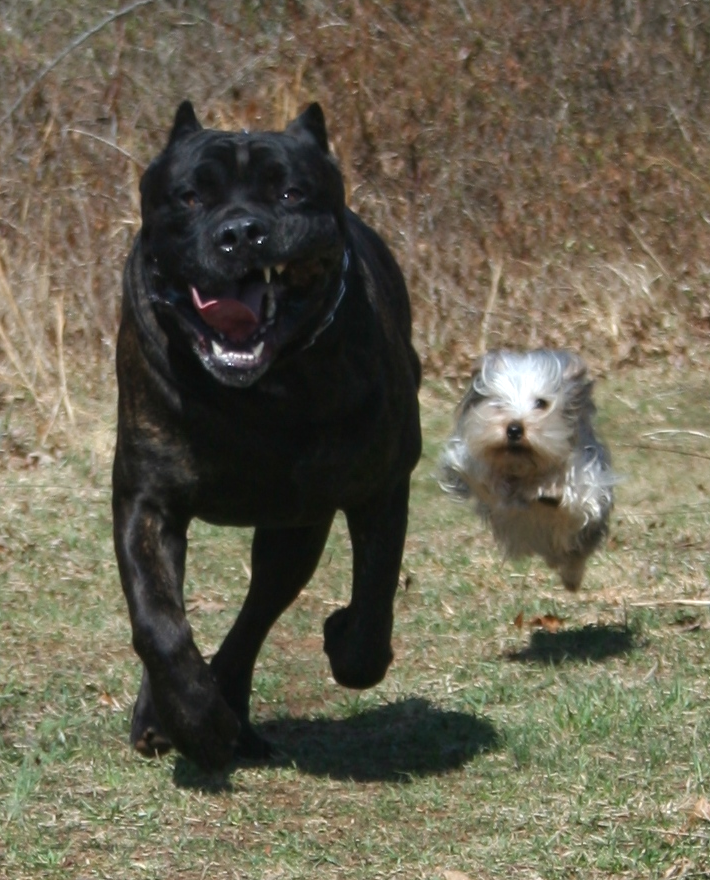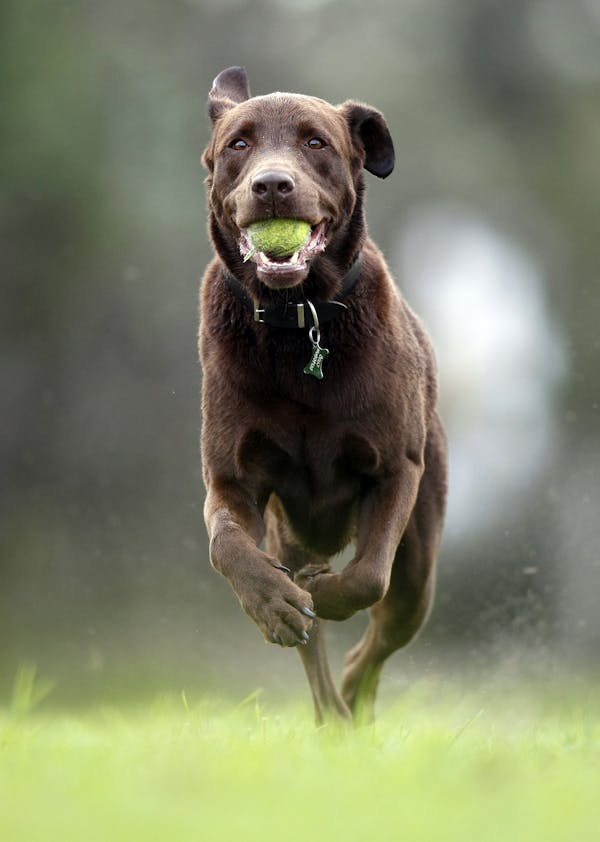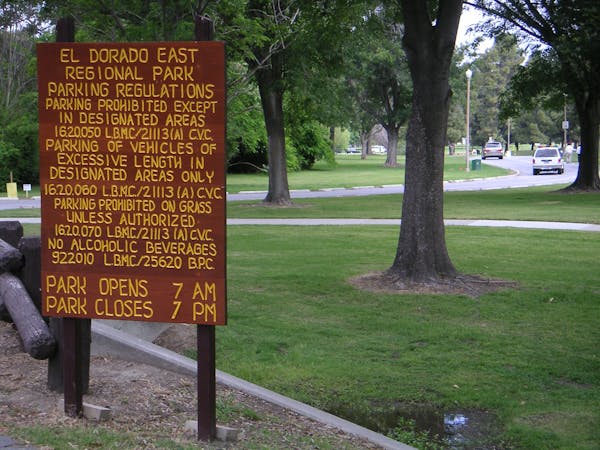Sharing Spaces
For many people who live in cities, parks are an important part of their lives. Many people feel lonely in the citiy but perhaps third places can help suggests that one function of parks can be to connect with each other. Perhaps especially during the pandemic, parks have offered sanctuary Sharing spaces can make our lives better, but can also present real challenges around how to balance the health and recreation needs of park users. This summer, Glasgow City Council restricted entry to Kelvingrove Park due to large numbers of park users and how they used the space.
Litter
In defence of litter illuminates the historical origins of litter, and its complicated links to social class. The author, Timothy Cooper, shares the following story: "One landed MP complained of finding a family out picnicking on his drive about to "leave behind them a mountain of mess". When asked to take their refuse with them the father of the group replied, "if you can afford a place like this, you can afford to have somebody pick up the mess". This was not mindless vandalism, this was a very deliberate act of resistance to private property." Another perspective is offered by Waste dumped on poorer countries and Marine plastics which invite us to consider where our litter goes once we dutifully bin it. The video below explores plastic's origin and durability - and some of the problems that can cause.
People and animals

Kelvingrove Park is a space that humans share with animals. Walking dogs can build bonds between dog owners, their dogs, and the local community.
Our Pets Strengthen Neighbourhood Ties describes how having a pet can strengthen relationships within a community.
In her film for adults, Walking With Dogs Vanessa Engle explores the lives of dog walkers at her local park, looking at how the share the space with each other and why people have dogs.
Interacting with dogs
There are a wide range of resources available to promote positive interactions with dogs.How not to greet a dog illustrates how to greet a dog in a safe and friendly manner. How to Greet a Dog illustrates how to interact with dogs by drawing parallels with human behaviours and preferences.
Dogs and children - an infographic created by the RSPCA outlines six golden rules for dogs and children. The RSPCA has many other rich resources on how humans can understand and interact positively with dogs, including special resources for children.
More About Dogs
The video below offers some insights into how dogs make friends with each other, and how they navigate human spaces.
Dog behaviours and abilities are fascinating. This video helps us understand where dogs came from, and why they bark.
The video above helps us to understand how dogs smell, looking at the anatomy of a dog's nose and how that changes their perception of the world around them. The following video gives a vivid demonstration of how powerful a dog's nose can be in practice.
How a puppy is brought up can affect how sociable it is. This video outlines how to socialise a puppy by exposing it to different kinds of people. It might provoke thought about how we are socialised to get along with different kinds of people in shared spaces.
Is there a place for dogs in public spaces? invites us to consider whether we can share our parks with dogs, while ROSPA highlights some of the dangers of dogs in children's parks and outlines the law concerning dogs in public places.

Festivals
Kelvingrove Park hosts the Glasgow Mela, as both a celebration and an exploration of Scottish and British-Asian experience. A history of the Glasgow Mela describes its origins and current role, and you can see a video about the 2017 Mela below.
Sports
Skateboarding in Kelvingrove Park shows skateboarders using the original Kelvingrove skatepark in 1978, set to ballet music. It's interesting to reflect on who using the skate park, and who is absent.
A more recent video, above, shows some more modern female skateboarders. This article describes Doyenne, a women-owned Glasgow skate clothing collective, which produces ungendered clothing and promotes inclusion in skating.

Parks are often used to promote physical fitness. Public park or private gym: boot camps or bloody nuisance invites us to consider how to navigate the conflicting needs of park users by considering the history of public parks.